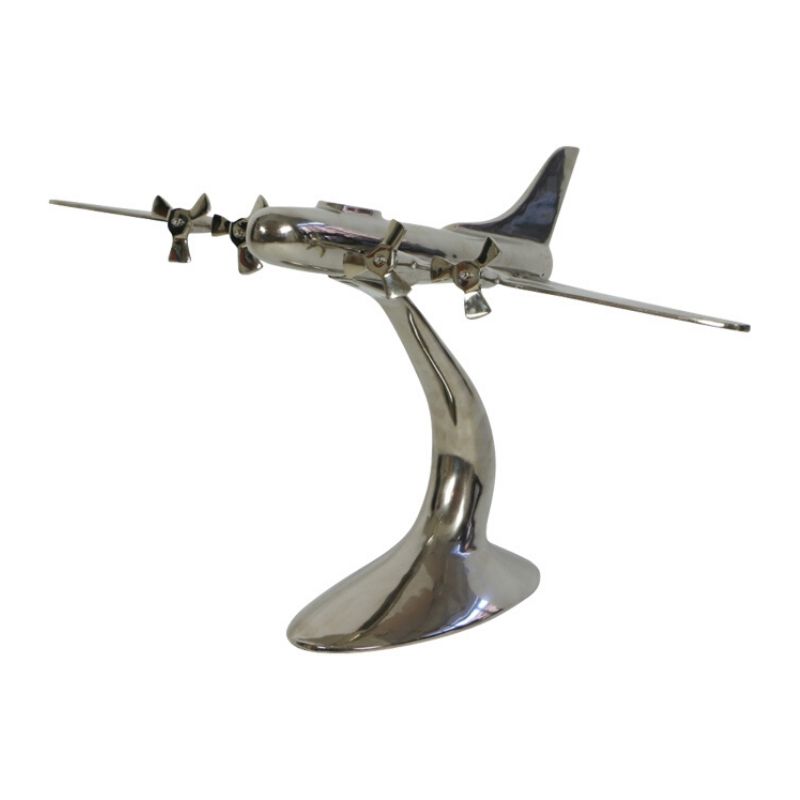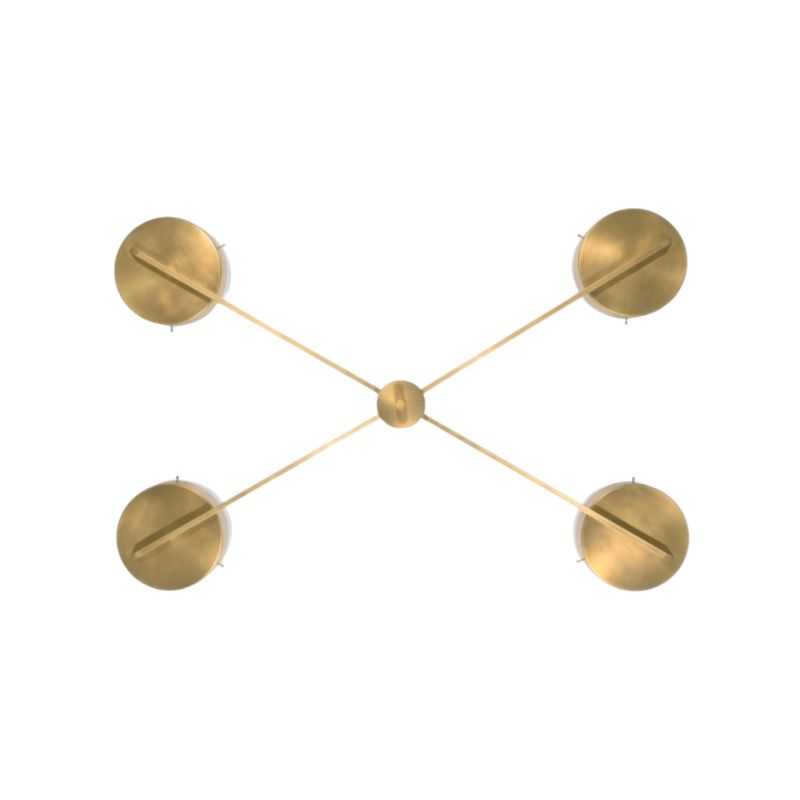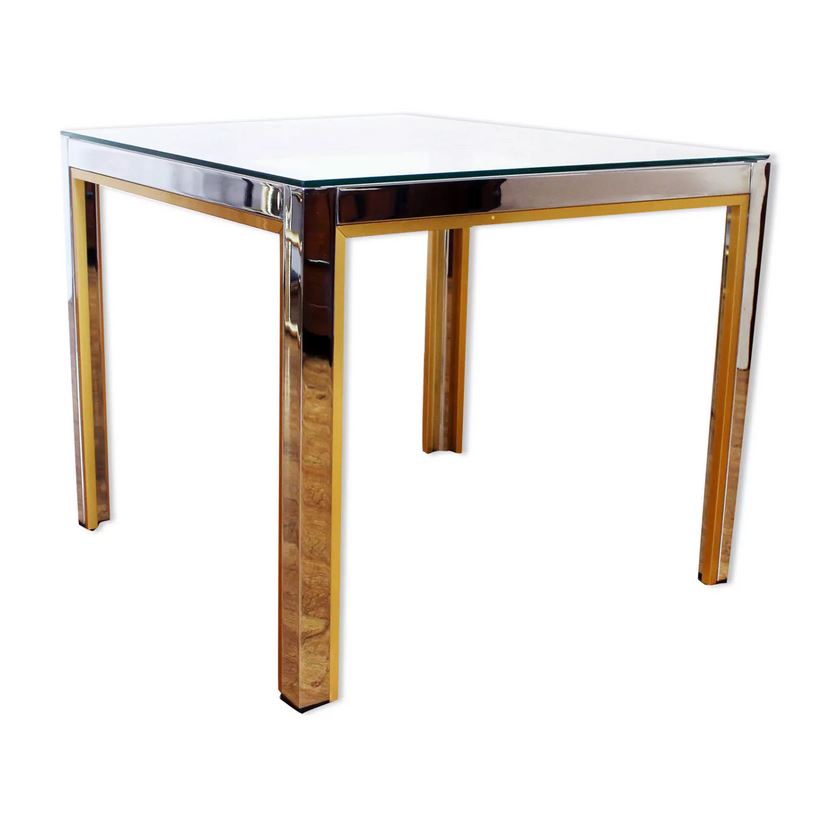Hello All,
I'm researching about toothbrush design, as a starting point those that have been designed by Philippe Starck, and, in general, about every accurate toothbrush design (preferably not electric).
I need to find out about their authors, concept statements and proposal, materials, and so on, for a college project. Anyone who can help?
Thanks!
or
type in 'search in forum' ; brancusi
we have had this topic some years ago...
http://www.designaddict.com/design_addict/forums/index.cfm/fuseaction/th...
INTERESTING
topic there are tooth brush designers&name designers who get aroud to designing a tooth brush,STARCK.Razor and tire tread design are also interesting and in this vein.You might try looking on Metropolis magazine site for information on him...this magazine goes a bit deeper into topics.
Curious
Im curious as to why you are excluding electric toothbrushes. They are certainly proving to be part of the evolution of the toothbrush and most seem to agree that even the cheapest electric brush works better than a manual brush. I guess to me its kind of like researching the history of the wheel and stopping when you get to automobiles.
The toothbrushes that aren't...
The toothbrushes that aren't electric are independent from
electric power, so I thought they were suitable for the project I'm
doing " ...designs that can benefit our society by being cost effective... and so on... " so I thought that non-electric toothbrushes are great as they are also artistic: they are smooth, look fluid, aerodynamic like trainers, nice colours, etc...
True, but...
It is true that non-electric brushes are more aerodynamic and prettier than most electric brushes... but does that mean that they are designed better? Why, for example, does a toothbrush need to be aerodynamic? or pretty? if those stylistic elements are not improving function are they part of the design? or merely decoration?
And in terms of being cost effective, yes, the initial cost of an electric toothbrush may be significantly higher ($65 for my sonicare) but it cleans significantly better than a manual brush. Which leads to less cavities, and consequently less time paying my dentist to torture me. The last visit to my dentist was about 200$...so I'd say if using an electric toothbrush can halve that its already paid for itself.
I'm not against electric...
I'm not against electric toothbrushes... In fact I have two nice electric toothbrushes that I really like... What I meant to say is: as part of my college project, I can include non-electric toothbrushes among cost effective designs that save people money and labour more easily than the electric ones. In absolute, if you imagine that you are in an island in the ocean with no industry, no electricity, only nice fruit, nice plants, and nice weather (it?s rare but you can imagine it), in that case a non-electric toothbrush is more efficient of an electric one.
The artistic side of the design give the tooth brush a better functioning. For example the aerodynamic styling enables the toothbrush to reach every tooth. The feel of the material makes it nice to use it. A well designed shape prevents unstable positioning that may cause dropping it in the floor. The fact that it looks nice is also a positive characteristic. When buying a sofa, or a light shade, or a chair, etc, many people also want it to look nice, not just functional, so, in this sense, a toothbrush can look nice too. It?s better if it looks nice, I think.
Once established that it is important to find cost effective items in the market acting as a safety net against poverty and exploitation of labour, one can also buy more expensive items, if they like them and can afford them.
Btw, this is my thought... but I'm happy to know about other views...
I am in no way a toothbrush specialist...
but seen from the outside one of the major steps in the evolution of the handles is the introduction of double sometimes triple moulding. Ther technology of overmoulding by keeping the piece in one mould half while changing the other, creating a different configuration and filling that with another colour or even different but compatible materials is quite old. I presume that the keys of the manual keyboards were the fisrst application. Typically the letter, number or sign is moulded first and the black body is injected around it. With the arrival on the market of TPRs (Thermo-Plastic-Rubbers based on block polymers that are similar to the material on which yuo want to add) the possibility of adding soft spots to the handles became too tempting both from a comfort as a product design and diversification point of view. Handles are typically made out of polypropylene or a co-polymer with Polyethylene. I guess Santoprene (a Monsanto product before it was sold off) was the first out of the starting blocks and one of the very first Santoprenes was based on Polypropylene block polymer.
In the first stage it was mostly used for adding soft spots in various positions. Later on came the application of using the softer material to create a softer, hinging spot just abopve the thum grip. In the last decade this technical application has changed the toothbrush as much as did the "shaping of the bristle" two decades earlier.
One of the most innovative producers has always been the Norwegian company Jordan (founded by a Dane who moved to Norway to produce combs), but with all production now in Wisdom, England.
Good luck with your study, it sounds facinating
If you need any help, please contact us at – info@designaddict.com









